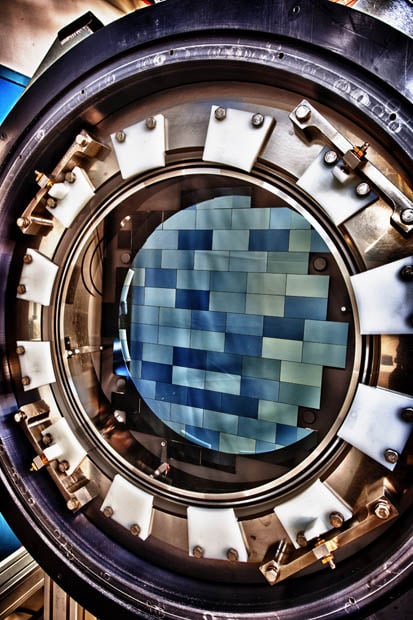The World’s Most Powerful Digital Camera Snaps Its First Photos
![]()
On a mountaintop in Chile is the most powerful digital camera mankind has ever constructed. Called the Dark Energy Camera, the phone booth-sized device shoots 570-megapixel photographs using an array of 62 separate CCD sensors and a 13-foot light-gathering mirror. Planning and building the thing took 120 scientists from 23 international organizations a whopping 8 years.
This past week, the researchers behind the project announced the first fruits of their labor: massive photographs that show patches of the sky 20 times the size of the moon (as seen from Earth).
The photographs are so big and so sensitive that each one shows over 100,000 separate galaxies that are up to 8 billion light years away.
Over the next five years, scientists plan to create these massive color photos of 1/8th of the night sky, capturing 300 million galaxies, 100,000 galaxy clusters, and even 4,000 supernovae. Although the camera itself shoots in monochrome, color will be obtained using five color filters the size of manhole covers.

If you’re wondering why a US-sponsored space camera is located on a mountain in Chile, it’s because the Chilean Andes have atmospheric conditions that make for super-sharp shots of space. The view of the stars from the mountaintops there allow the scientists to achieve some of the sharpest resolution images possible from the surface of our planet (telescope cameras floating around in space don’t have to deal with things like atmosphere, air pollution, and light pollution).
The Dark Energy Camera should enjoy its “largest digital camera” crown while it can, since the camera won’t be holding the title for too much longer. Last year, the US Government gave the green light for an even beastlier digicam. The LSST Project‘s camera will shoot 3.2-gigapixel photos using an array of 189 CCD sensors.
(via Phys.Org)
Image credits: Photographs by Dark Energy Survey Collaboration and Fermilab